考研英语语法知识点汇总思维导图上

本思维导图为考研英语语法基础知识点汇总,供大家参考。
树图思维导图提供 考研英语语法知识点汇总思维导图上 在线思维导图免费制作,点击“编辑”按钮,可对 考研英语语法知识点汇总思维导图上 进行在线思维导图编辑,本思维导图属于思维导图模板主题,文件编号是:987a406a01295d1e7f8cfd4855a0de2b
思维导图大纲
考研英语语法知识点汇总上思维导图模板大纲
1.as...as...引导的比较级:
(1)“as +形容词或副词原级+as+被比较对象”结构。
例句: He studies as hard as you. 他像你一样学习努力。
(2)在否定句或疑问句中可用 not so…as….
例句:He can notrun so/as fast as you. 他没你跑得快。
2.only引导的倒装句型:
only +状语 (或状语从句)位于句首时,句子部分倒装。
例句: Only by diligence and honesty can one succeed inlife. 只有勤奋、正直,一个人在生活中才能成功。
注意:但 only修饰主语时,不倒装。
例句: Onlythat girl knew how to work out the problem. 只有那位女生知道怎样解那道题。
3.wish引导的虚拟语气:
wish 后面的从句,当表示与事实相反的情况,或表示将来不太可能实现的愿望时,其宾语从句的动词形式为:
⑴表示对现在情况的虚拟:
从句动词用过去式或过去进行式表示,be 的过去式用were.
I wish I knew the answer to the question. 我希望知道这个问题的答案。(可惜不知道。)
⑵表示对过去情况的虚拟:
从句动词用had +过去分词。
I wish (that) I hadn’t wastedso much time. 我后悔不该浪费这么多时间。( 实际上已经浪费掉了。)
⑶表示对将来的主观愿望:
谓语动词形式为“would/ should/ could/ might +动词原形”。
在这种情况下,主句的主语与从句的主语不能相同,因为主句的主语所期望的从句动作能否实现,取决于从句主语的态度或意愿(非动作名词除外) 。
I wish it would stop raining. 但愿雨能停止。
注意:若wish 后的宾语从句中用 would,可以表示请求,通常意味着说话人的不快或不满。
例句:I wish you would be quiet. 我希望你安静一些。
4.it形式宾语:
和it 作形式主语一样, 我们常用it 来作形式宾语, 把真正的宾语从句放在句末, 这种情况尤其出现在带复合宾语的句子中。
例句:He has made it clear that he will not give in. 他表明他不会屈服。
5.The+比较级,the+比较级表示“越......越......”。
例句:The more scared we are, the stronger the difficultywill become.我们越害怕困难,困难就会变得越强大。
6. 宾语从句:
一般疑问句做宾语,引入if或whether
例句: I want to know if he will join us in thediscussion?
7. 原因状语从句:
since引导的
例句: Don’t eat too much sugarsince it is bad for your health.
8. 否定词前置倒装:
scarcely...when...
例句: Scarcely had he arrived at home when it began torain.
9. If虚拟条件句
10. 宾语从句:
放在介词后面,作介词的宾语。
例句:I know nothing about him except that he used towork in Shanghai.
11.状语从句省略(分词作状语):
从句的主语和状语从句的主语一致,状从省略采用分词作状语。
例句: (Because) being short of money, we can’t afford a TV set. =Because we are short of money, we can’t afford a TV set.
12.并列句:
由and,or , but连接的两个句子成为并列句。
13.省略句 /倒装:
so/系动词/助动词/情态动词 +sb 表示“前者情况适用于后者”
例句: You are a student, so am I.
14.定语从句 who引导的限定性定从。
例句:Do youremember the girl who taught us English ?你还记得教我们英语的那个女孩吗?
15.宾语从句:
whether的用法。
例句:I wonder if/whether it is going to rain tomorrow.
16.不定式做定语。
例句:Theonly way to solve our problems will continue to be rejected.
17.原因状从:
now that的用法。now that 表示 “既然”。与 since 的不同之处在于,now that 引出的必须是一个新出现的事实或情况,如果依然如故,和过去相比并没有变化,则不用 now that 引导。
例句:Now that we have all the materials ready, we shouldbegin the new task at once.既然我们把所有材料都准备好了,我们应该立刻开始这项新的工作。
18. 原因状从:
for的用法。由because 引导的从句如果放在句末,且前面有逗号,则可以用并列连词 for 来代替。但如果不是说明直接原因,而是多种情况加以推断,就只能用 for。
例句:He is absent today, because/for he is ill. 他今天没来,因为他生病了。
19. 原因状从:
as 的用法。
例句:The Singapore passengers begin to decrease as otherairlines spread their operating range.
20. 同位语从句:
Iwant to know the answer to this question who will be our next president.
原因状从: in that的用法。
例句: Privatization is thought to be beneficial in that itpromotes competition. 私营化的优点在于能促进相互竞争。



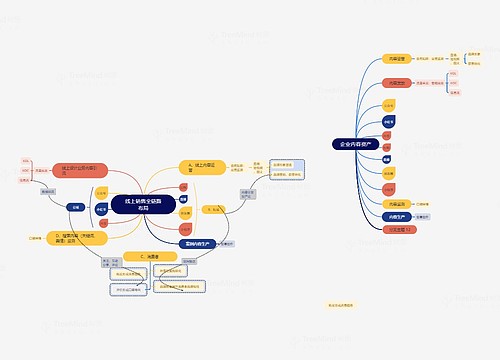


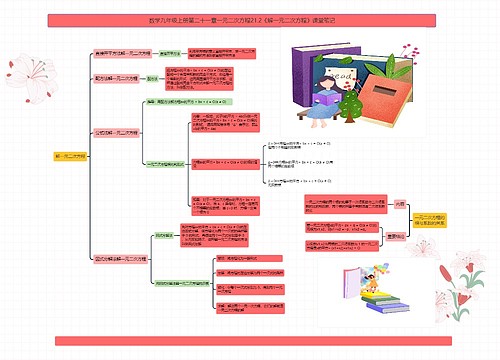


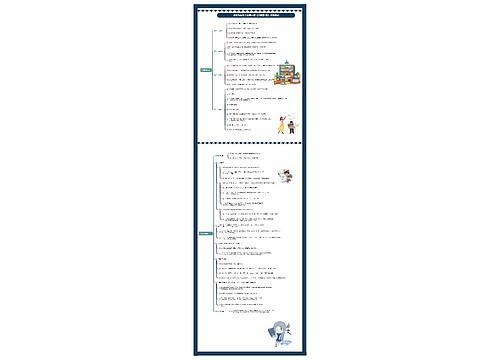
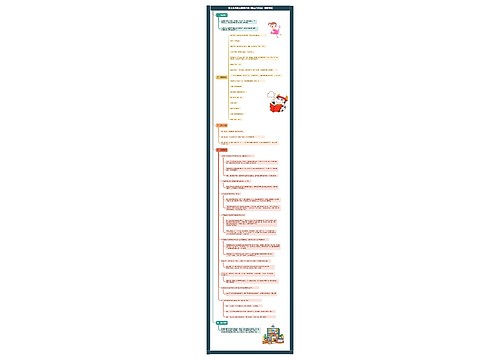

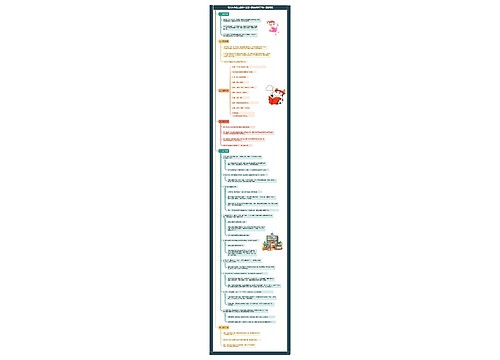
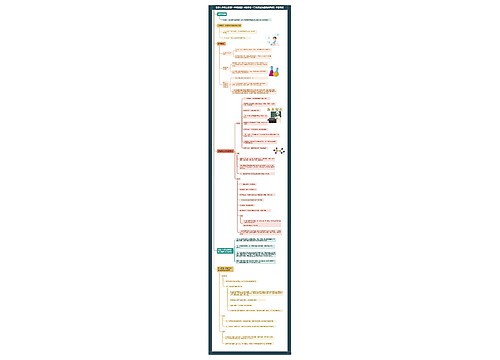
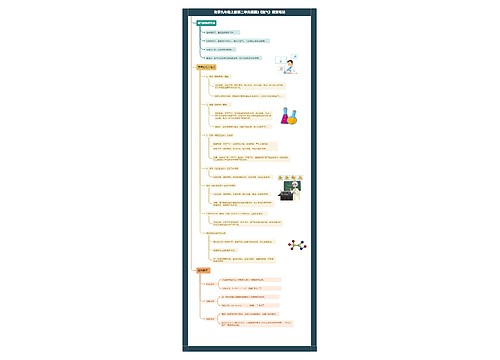
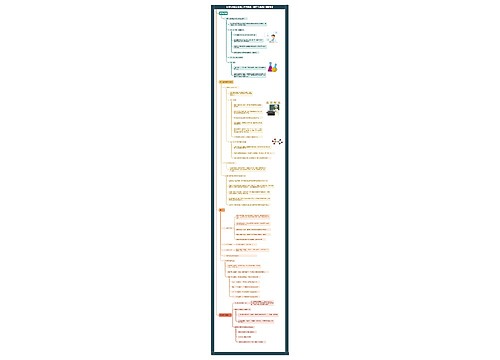
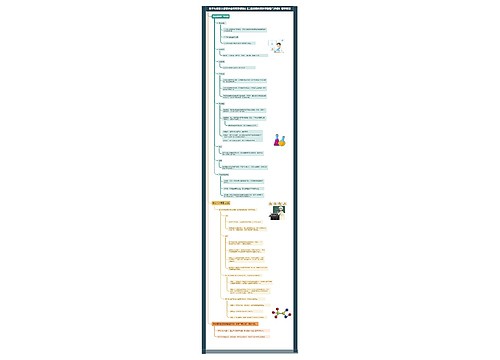
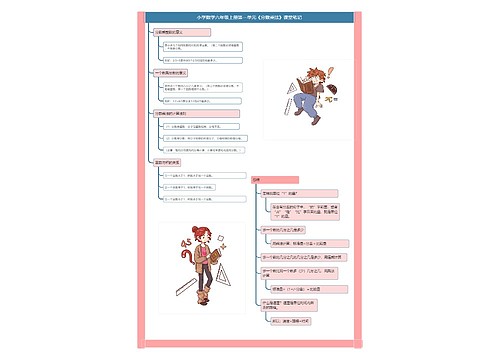
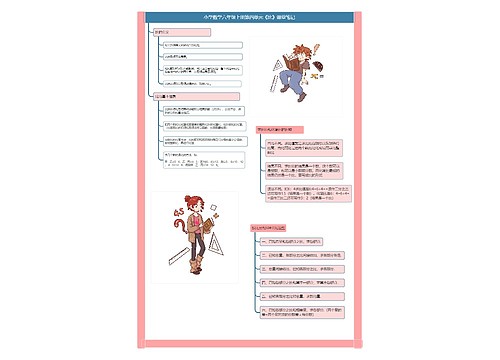

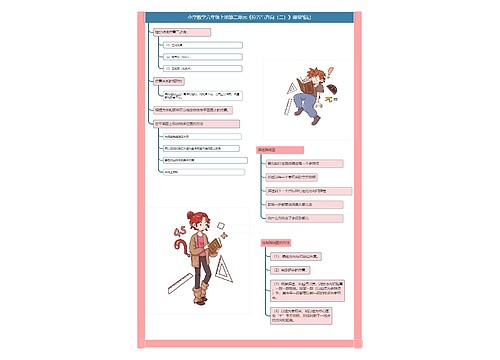


 上海工商
上海工商